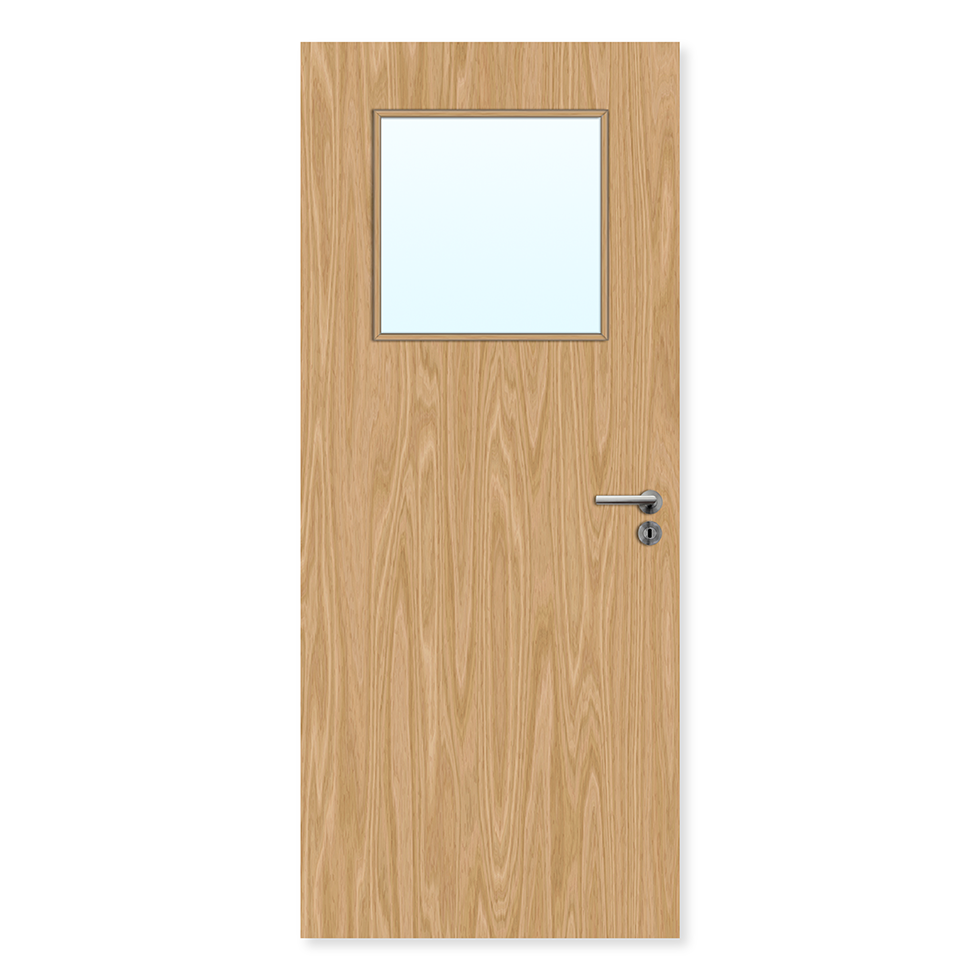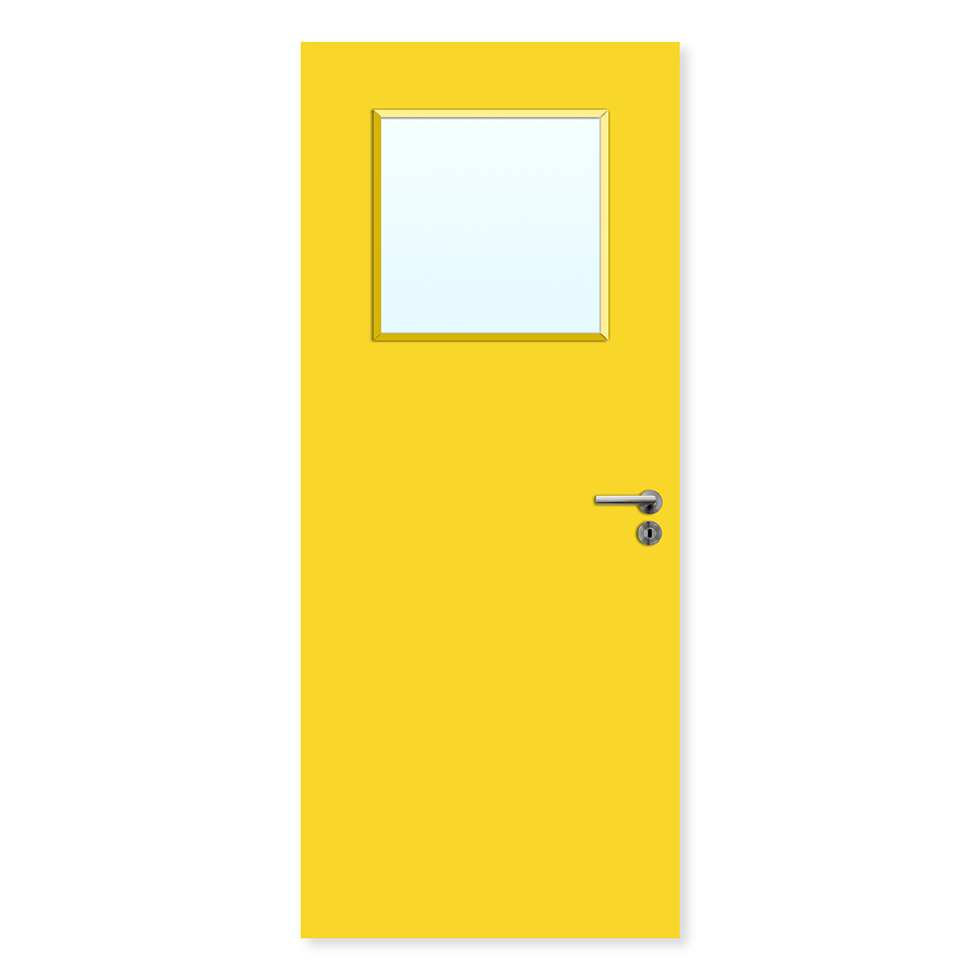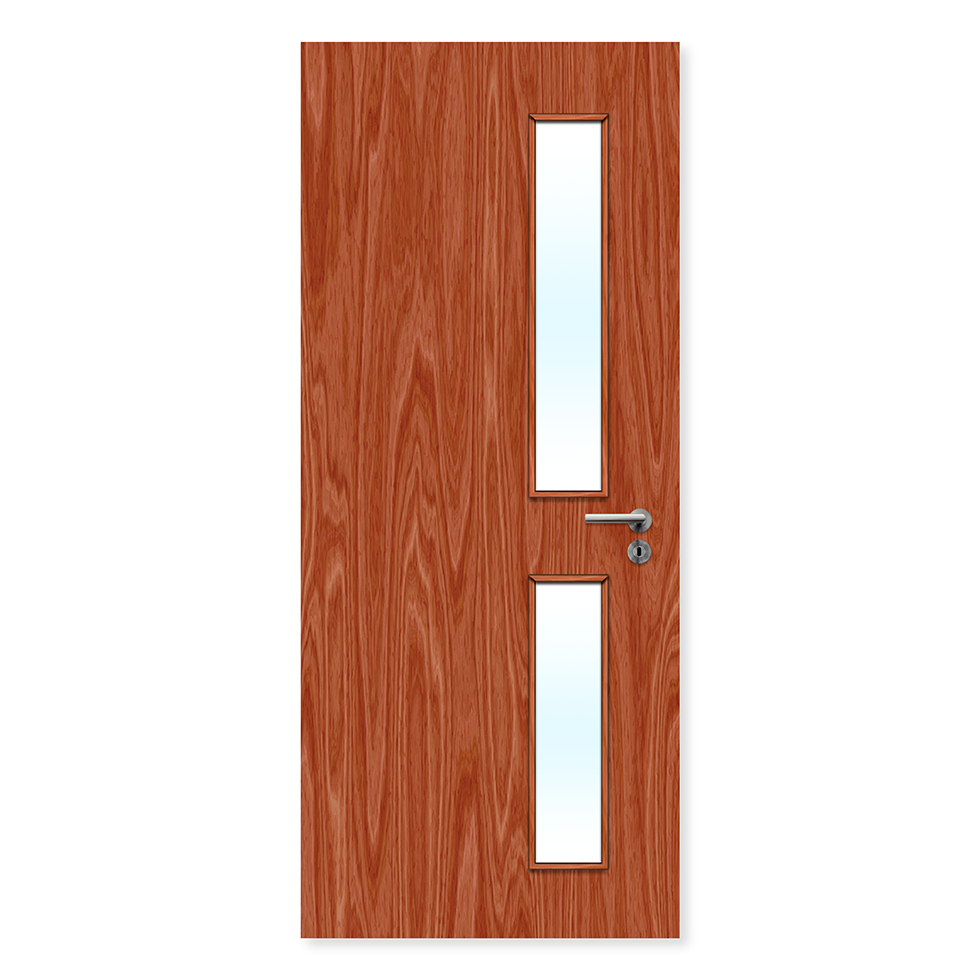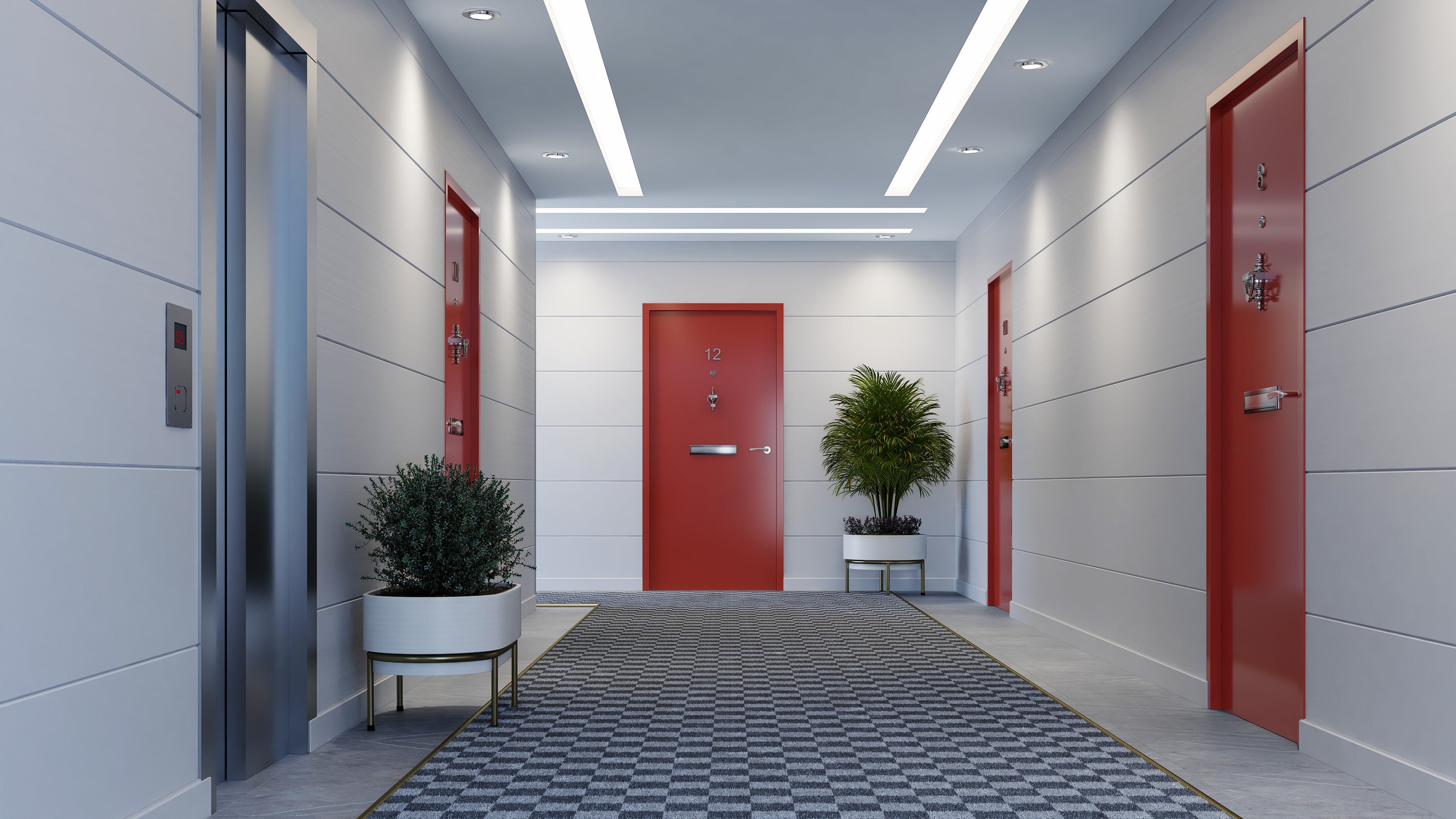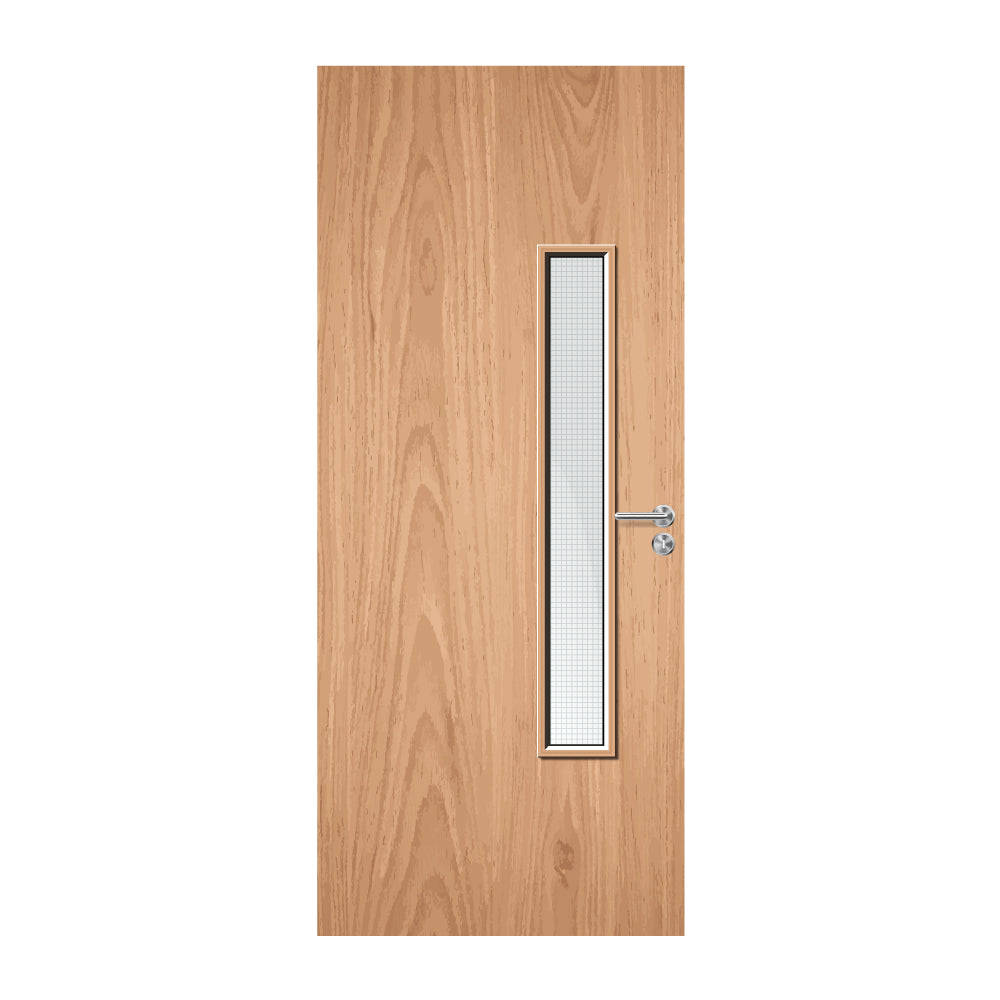Outstanding
Customer Service Second to None
Does Your Apartment And Flat Fire Door Meet Current Standards with its Fire And Smoke Stopping Capabilities?
Part 1 of the Grenfell Tower report:
The recently released part one report on the findings of the tragic tower block fire at Grenfell Tower in June 2017, when 72 people lost their lives, listed 47 urgent issues that require immediate action.
One of the issues listed of the 47 actions in the report, is the need for all fire doors in all multi-occupancy, residential properties to be urgently inspected, to check on their fire resistance and smoke stopping capabilities. This will become law under draft regulations set out recently.
72 lives were lost in the Grenfell tragedy from an unborn child to an 84-year-old. They came from numerous countries and walks of life, and a number of those that died followed the fire brigade’s advice to ‘stay put’ in the multi storey block with a single staircase. This was the policy identified within the buildings fire risk assessment (FRA).
Flat Entrance Doors:
A number of the flat entrance doors didn’t conform to current standards, of smoke stopping, fire resistance or self-closing. The self-closers had been removed, these were supposed to keep the main flat entrance doors closed but allowed the fire and hot gases to spread rapidly thus closing off the escape routes down the stairs. Generally, it is the hot gases and smoke inhalation that kills not the fire itself, making it vitally important that these entrance doors are suitable and meet these standards, known to be either FD30s or FD60s depending on the structure of the building and the information contained in the buildings FRA.
Not only did the rapid development of the fire occur from the external insulated cladding panels observed from the videos taken at the scene, but the fire safety maintenance regime, including the state of the fire doors internally have been raised as a major failing during the initial first stage report into the tragedy.
Current building regulations, fire safety guidance documents and certification of fire doors and frames, lay down very detailed and specific requirements to comply with, in residential high-rise blocks, lower rise blocks and commercial premises. The flat entrance doors that lead onto a common means of escape, form part of that protected route for people to escape. The idea being that any flat fire would be contained within the flat itself and prevent escape routes from blocked due to smoke and fire, but on this occasion as with others the fire spreads rapidly externally but also internally due to poor compartmentation, particularly where self-closer’s had been removed and entrance doors had been substituted for non-fire rated doors or where some doors had been compromised with door maintenance or fitting.
Fire Door Installation requirements:
It’s not only the manufacture of these products and component parts that are critical, but also the critical need for the installer to be ‘competent’ (meaning having had training knowledge and experience), and importantly, having an independent quality control on their correct installation.
At present any unlicensed person can install or maintain a fire door and frame. Any person can, if not adequately trained, create a dangerous condition with poor installations without fully appreciating the exacting standards required for the fire door to perform its functionality, therefore putting not only the lives of the flat owners at risk but other occupiers of their building.
Usually fire doors fail for two main reasons:
1. Incorrectly manufactured and/or
2. Incorrectly installed by a person who does not have the necessary skills knowledge or experience.
Since the Grenfell tragedy, the Fire Door Industry has come under greater scrutiny and a tightening of quality control measures now coming into effect, however there are still ‘cowboy manufacturers’ out there, selling sub-standard doors and frames and also some prefabricators, glazing fire doors and providing a made to measure service, who cut corners and produce with poor workmanship in the name of saving money, I have personally witnessed this first hand!
As a supplier and third-party installer, Premier Fire Doors have seen an array of poorly installed fire doors and frames over the past 12 years putting people’s lives at risk.
It is sometimes difficult to understand the mentality of some of the so-called experienced installer/joiners and their lack of understand of correctly installed doors, We have witnessed this when we have been asked to carry out a ‘fire door survey’, when building control or the fire service have raised concerns over poorly installed fire doors and frames.
Critically, any type of building that has the provision of sleeping accommodation, or where the occupancy is ‘highly dependent’, such as nursing homes, residential care homes, special needs hospitals etc. Require their fire doors to meet a normal standard of fire resistance and smoke stopping, but to exceed these, particularly where smoke stopping is concerned, particularly where a phased horizontal evacuation (PHE) evacuation plan is in force, or where a ‘stay put policy’ exists.
I have personally found, as a former senior fire officer of more that 26 years’ service, that incidents where a loss of life occurs is generally, but not always, where the smoke stopping capabilities of doors and frames fail, allowing toxic and flammable gases to escape from one fire compartment to another, due to poor installations, or the wrongly specified product being used.
Appropriately specified and installed fire doors and frames without a doubt, save lives, protect property and ensure loss of buildings are minimal. There can also be a massive impact on the environment.
‘Stay put’ and ‘Phased horizontal evacuation’:
In buildings where the fire strategy is one of either ‘stay put’ or ‘phased horizontal evacuation’, (PHE) the smoke stopping is absolutely critical and as with all these installations, they are only as good as the last time they were checked and maintained, which is a major issue with the UK at present.
Third Party Accreditation:
When choosing a fire door and or frame, chose wisely and take into account the above information, make sure the products meet BS 476 Pt 22 for doors and frames, and critically ensure it is installed (ideally as a door set-fire door and frame) by a ‘competent’ experienced third party installer. Ideally someone who is either FIRAS, UKAS or BRE approved, and ensure you receive an installation certificate to confirm it meets BS 8214 2016.
The fire door industry is going through, and will need to maintain its changing ways, to provide the people of the UK with safe, ‘suitably sufficient’ standards of fire doors, and provided they are installed and critically, regularly maintained, the lives of lots more people will be saved.

